Atoms They are small particles of affair that make up everything in the universe. Everything you see is made up of atoms.
Scientists spent many years trying to understand the Structure of the atomwith various models and theories that have been disproven or improved along the way. Today we know that atoms consist of a nucleus containing protons and neutrons, surrounded by shells (energy levels) of electrons. Electrons, protons, and neutrons are known as Subatomic particlesEach shell contains a fixed number of electrons.
Atoms of different elements have different numbers of electrons, protons, and neutrons.
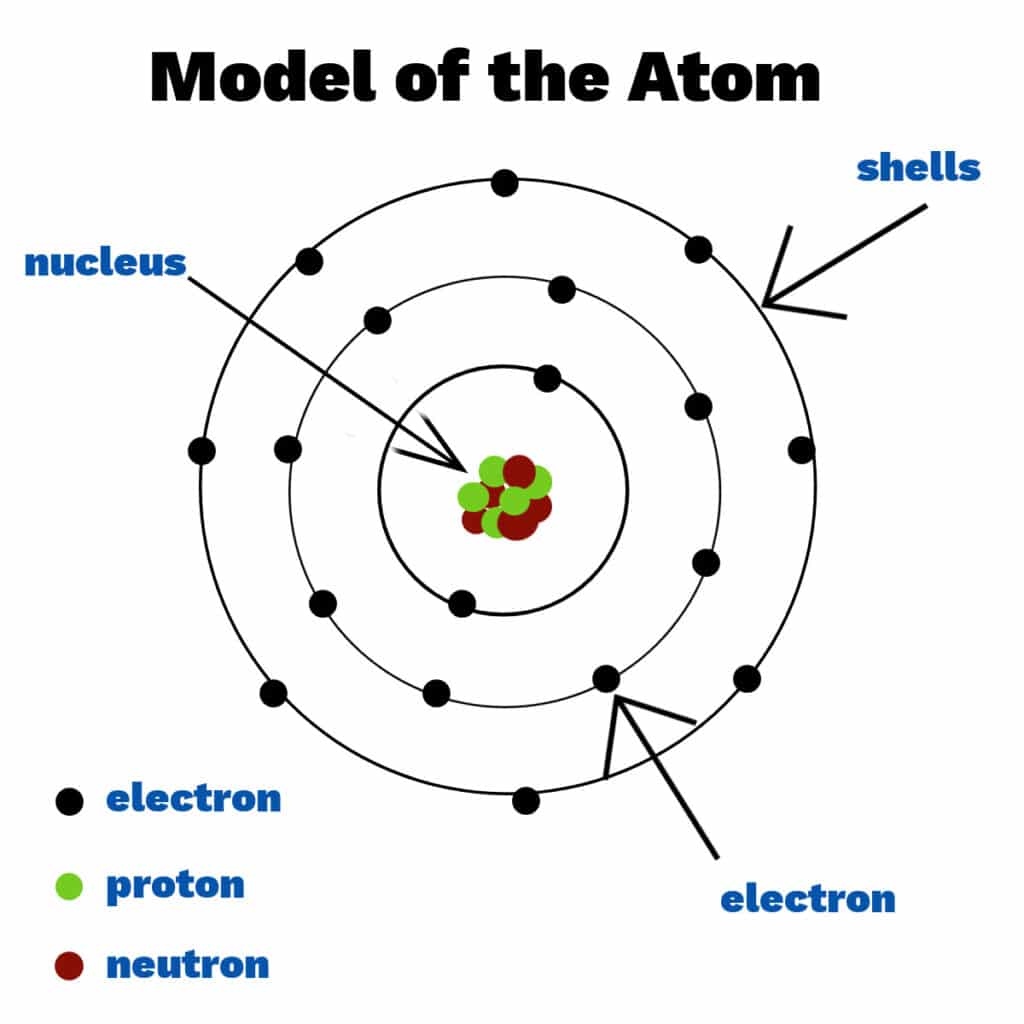
Theory of atomic structure
John Dalton
John Dalton is often known as the Father of atomic theory.He proposed a theory of the atom in 1803.
John Dalton believed that:
All matter is made of atoms.
Atoms were solid spheres – Later refuted
Atoms within an element are the same. Atoms of different elements are not.
The atoms could not be broken down any further. Later refuted
Atoms are rearranged during a chemical reaction, but they are not lost. This is the Law of conservation of mass.
JJ Thomson
In 1897, J. J. Thomson proposed that atoms were not solid spheres. His research showed that atoms must contain negatively charged particles (electrons). This theory is known as the plum pudding model.
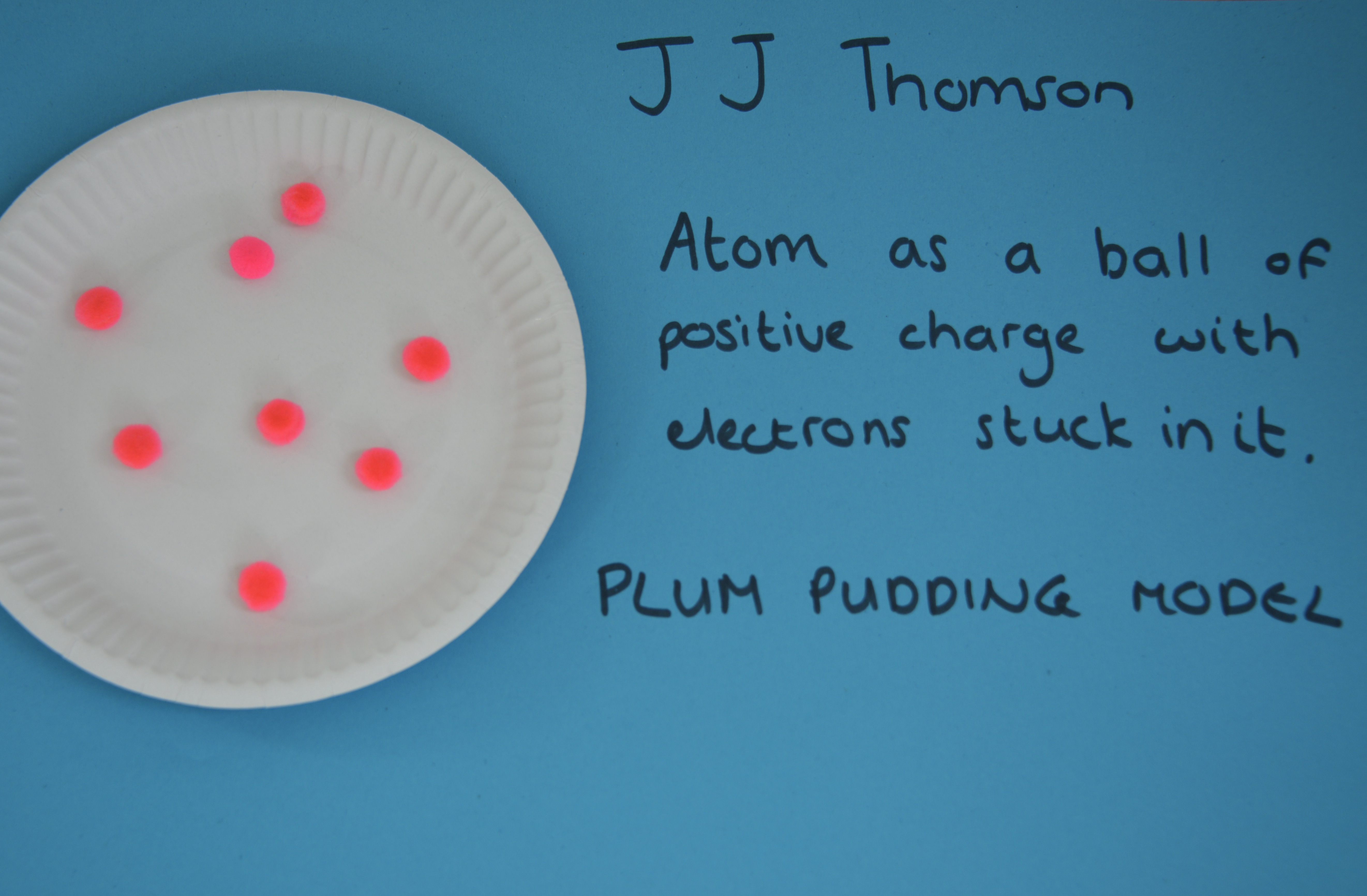
Ernest Rutherford
In 1909, Ernest Rutherford and two of his students conducted the now infamous Experiment with gold foilThey fired positively charged alpha particles at a very thin gold foil. If the plum pudding model was correct, the particles would either pass through the gold foil or be deflected very slightly, since the charge was thought to spread through the atom. Gold was chosen because it can be made very thin.
While most of the particles passed through, some were deflected further than Rutherford expected and some were deflected backwards, showing that the plum pudding model could not be correct. Rutherford developed a theory that the atom had a small positively charged nucleus at the center with a cloud of negative electrons surrounding it.
Alpha particles fired towards the gold foil were deflected back if they were close to the nucleus or passed through empty space in the atom.
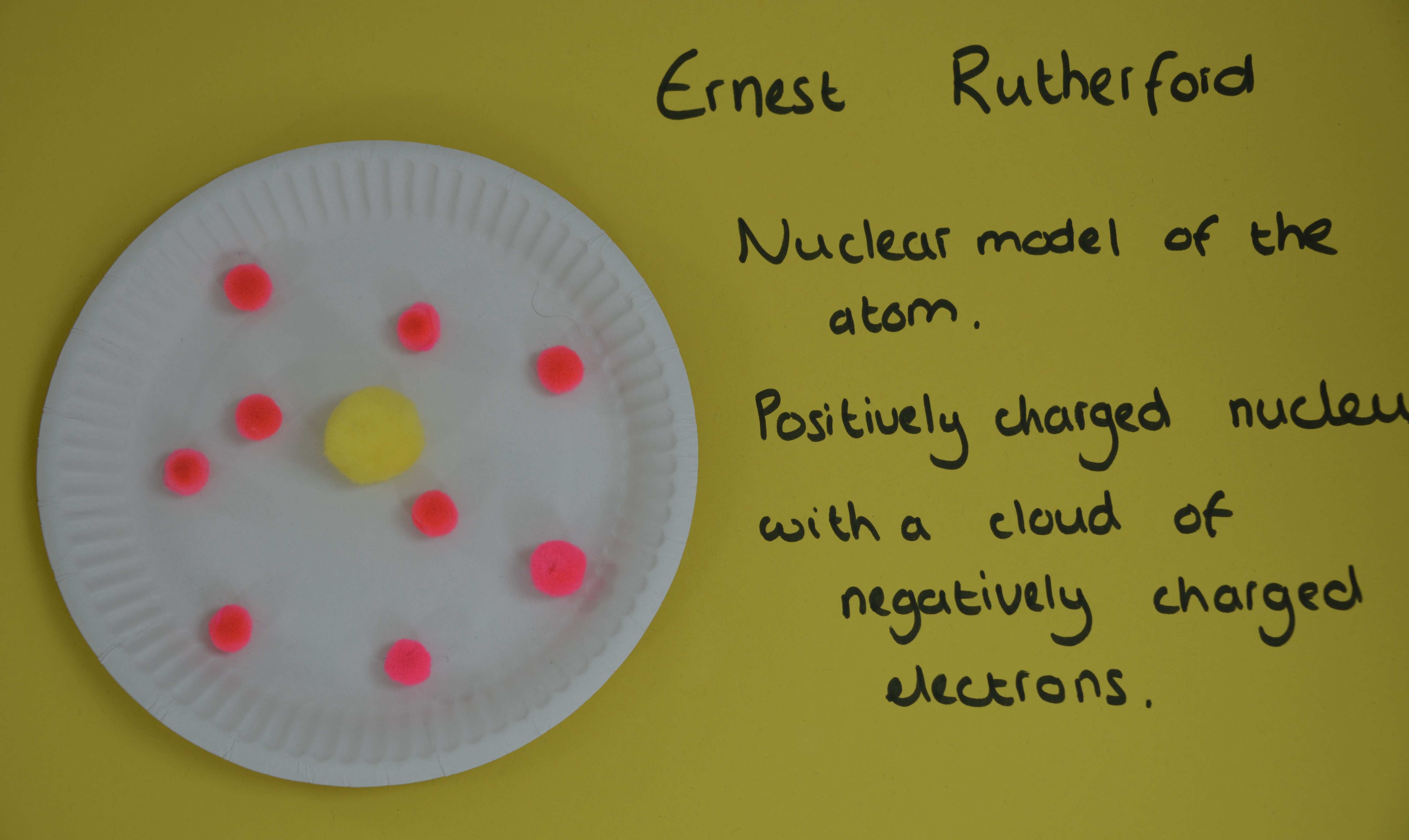
Niels Bohr
Niels Bohr developed a model of the atom with electrons arranged in fixed shells around the nucleus rather than in a cloud. Scientists thought that electrons in a cloud would be drawn toward the nucleus, causing the atom to collapse.
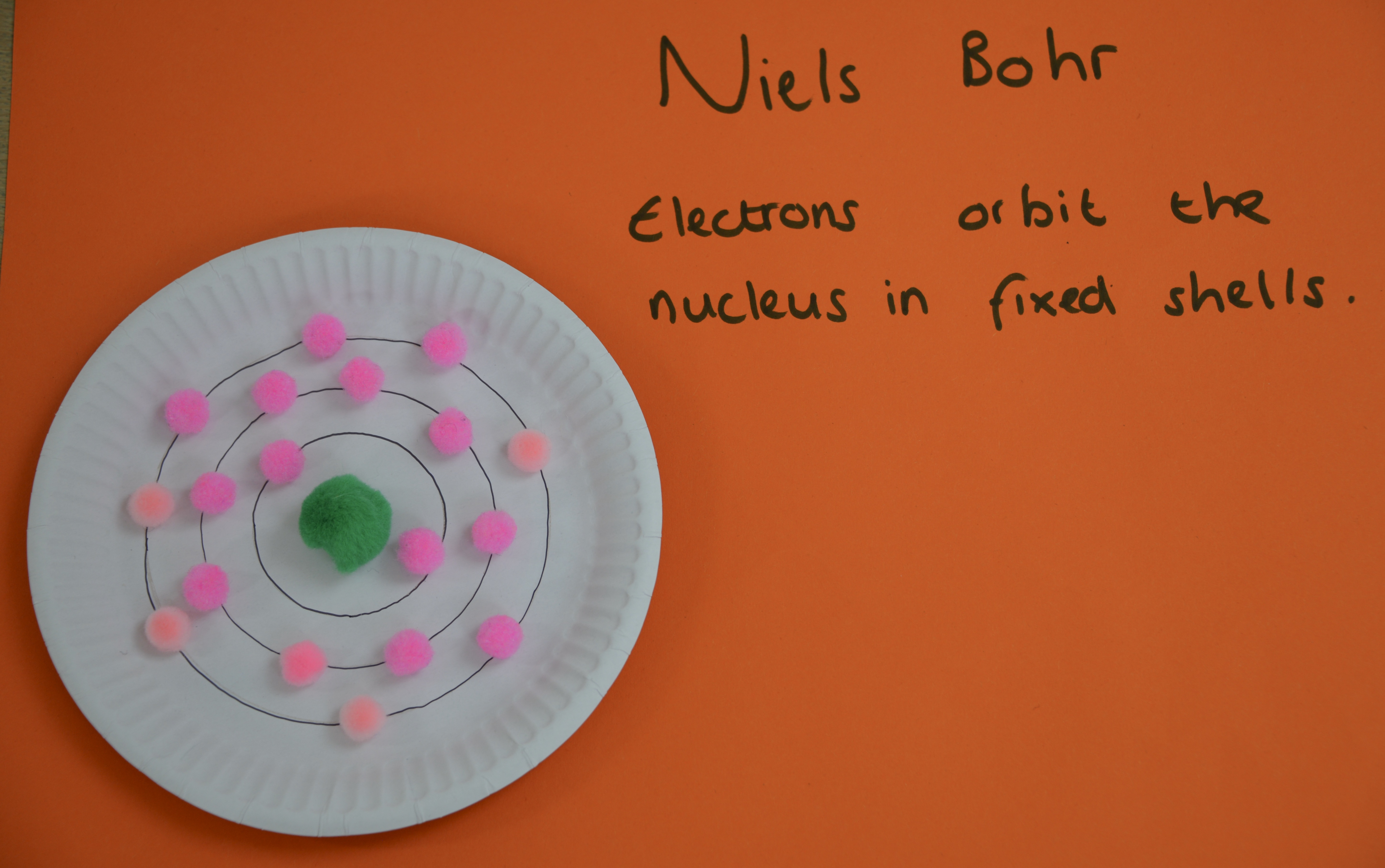
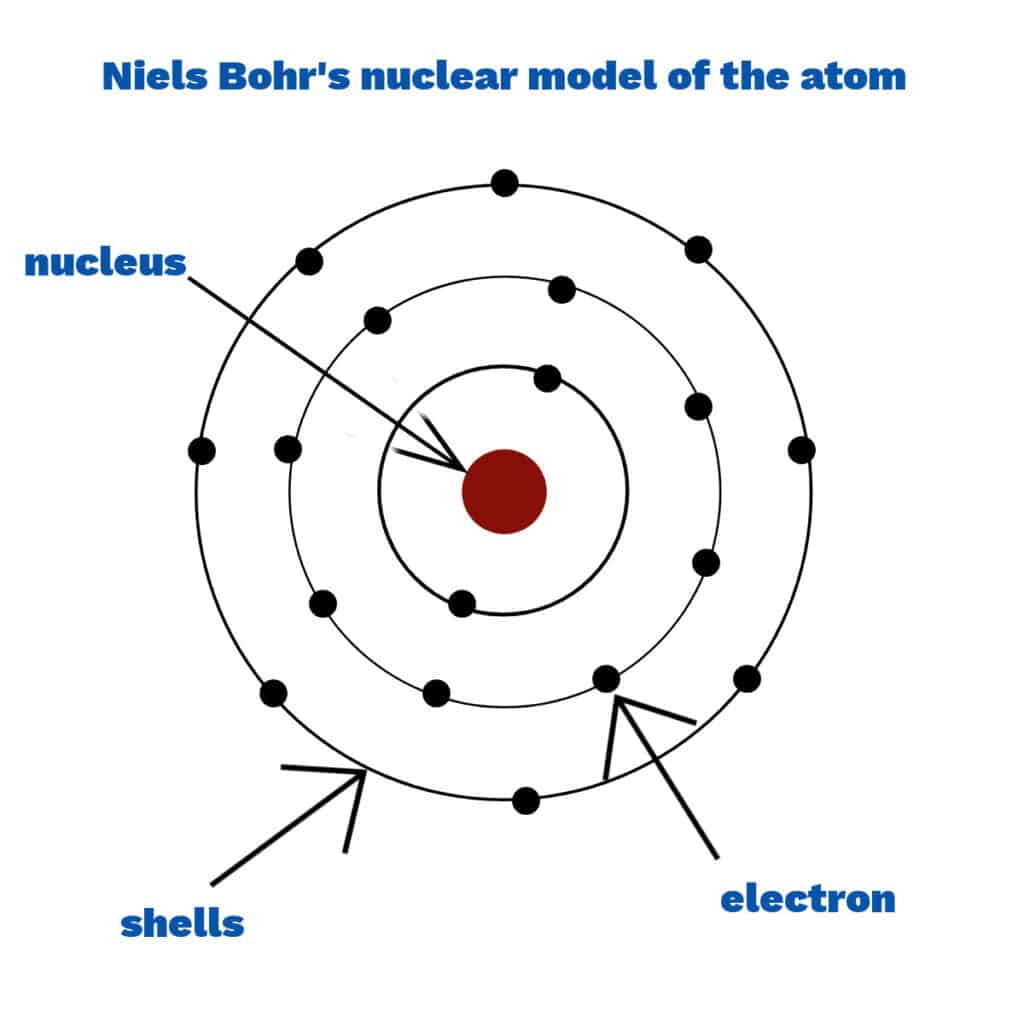
James Chadwick
James Chadwick performed experiments that showed that atoms have neutral particles (neutrons) in their nuclei. James Chadwick's model is very similar to the current nuclear model of the atom!

Learn more about the history of the atom
Learn more about Ernest Rutherfordwho received the Nobel Prize for his work on atomic structure.
Find out how Ernest Schrödinger extended the model proposed by Bohr.
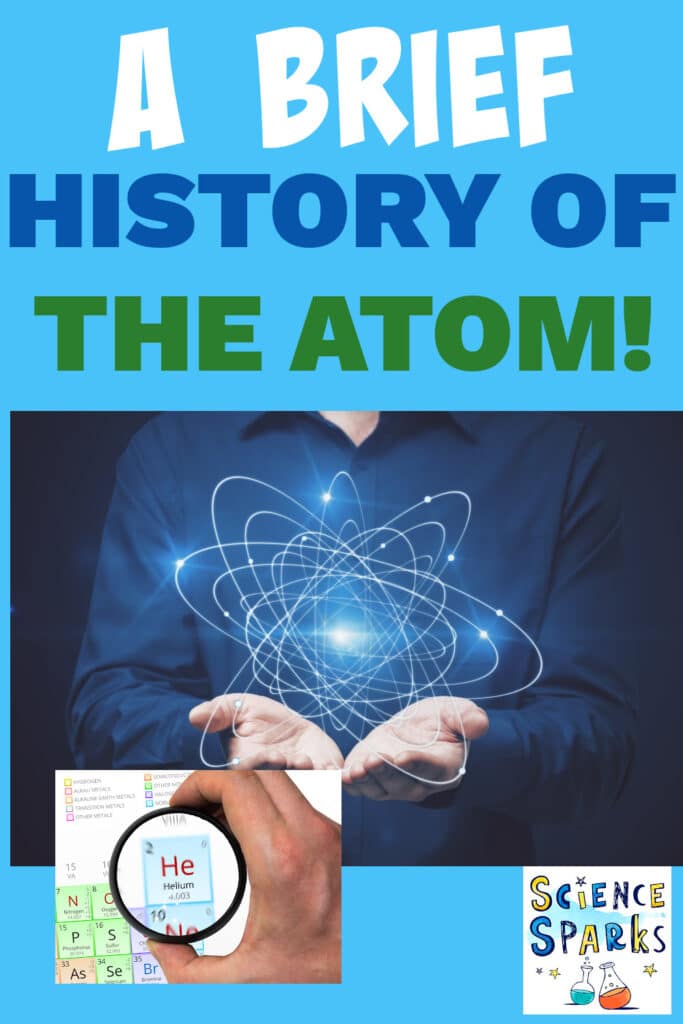
Last updated on May 19, 2023 by Emma Vanstone













Leave feedback about this